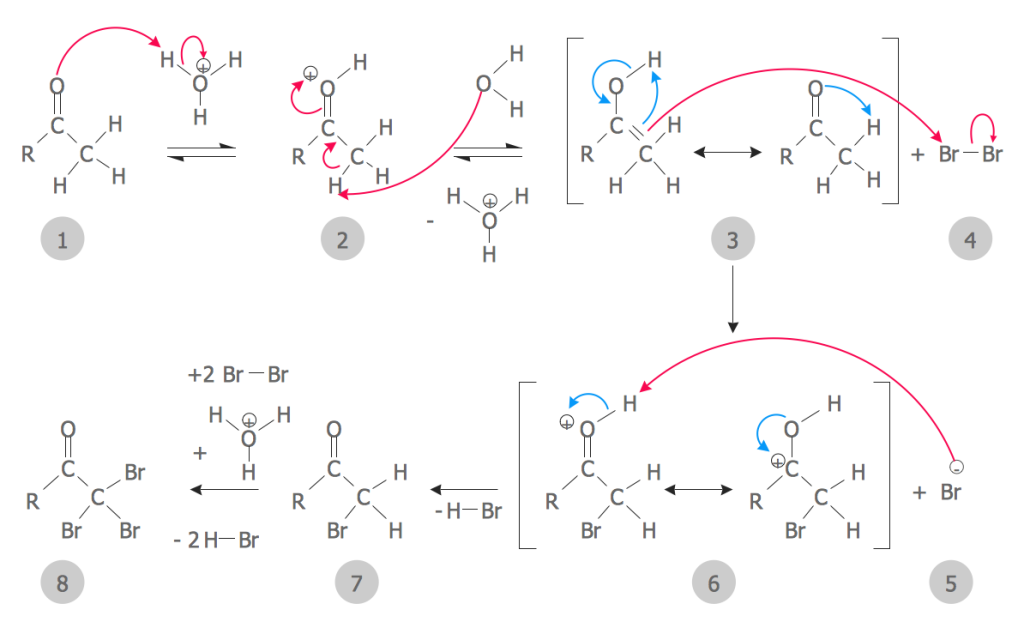Summary of the article A portable structural analysis library for reaction networks. Yosef Bedaso, Frank T Bergmann, Kiri Choi, Kyle Medley, Herbert M Sauro. PMID: 29857031 Biosystems 2018 Jul:169-170:20-25 Epub 2018 May 30. PMCID: PMC6051435 DOI: 10.1016/j.biosystems.2018.05.008 https://pubmed.ncbi.nlm.nih.gov/29857031/
Understanding the properties of biochemical reaction networks is important both from a purely scientific point of view, as well as offering the potential to reengineer or modulate important biochemical pathways related to the production of important chemicals or as targets for biomedical therapies.
This study focused on the development of a Python software library called libStructural. This tool allows researchers to investigate certain structural characteristics of biochemical networks. In particular, how pathway fluxes are distributed through a pathway and what mass conservation pools may exist in the pathway. In addition, the library can analyze models represented in the widely used modeling standard SBML.
Understanding the conservation laws in biochemical networks is very useful when doing perturbation studies and gene knockouts, two techniques widely used in cell biology and genomics.
Although the library can be used to study any biochemical network, there are specific applications that can be applied to metabolism related to flux distributions as well as applications in protein signaling pathways related to mass conservation of phosphorylation cycles which have important effects on pathways that govern growth and apoptosis in mammalian cells.

